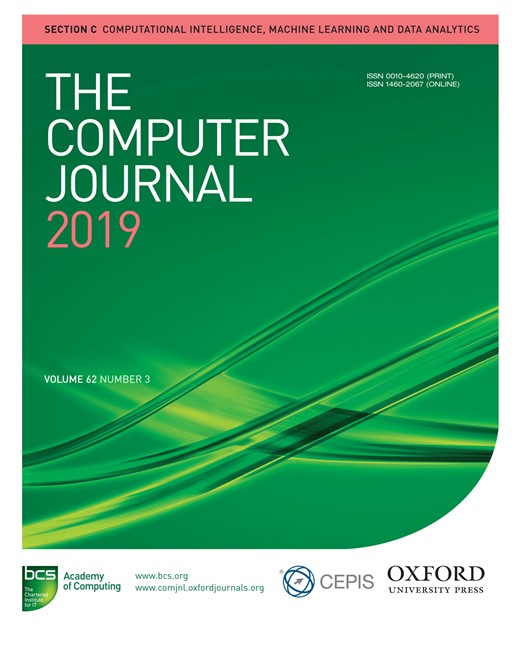-
Views
-
Cite
Cite
Raphael Angulu, Jules R Tapamo, Aderemi O Adewumi, Age-Group Estimation Using Feature and Decision Level Fusion, The Computer Journal, Volume 62, Issue 3, March 2019, Pages 346–358, https://doi.org/10.1093/comjnl/bxy050
Close - Share Icon Share
Abstract
Age-group estimation is a technique of classifying an individual’s face image as belonging to a particular range of ages. Stochastic nature of ageing among individuals makes age-group estimation based on face images a challenging task. Faces from different age-groups may have similar attributes making facial age-group estimation even harder. Facial ageing is manifested as change in shape in lower age-groups and variations in texture in adult to old age-groups. As one ages, wrinkles start appearing in regions like forehead, eye-corners, mouth region and cheek bone areas among others. The general appearance of the face also varies across one’s lifetime from childhood to old age. Approaching age-group estimation as a multi-class classification problem, we adopt Linear Discriminant Analysis (LDA) for representation of global face appearance, landmark points and distance ratios between fiducial landmarks for shape representation, Local Binary Patterns (LBP) for local region texture description and Gabor filters for local region wrinkle representation. We fuse global shape and appearance features; local wrinkle and texture features for facial component before applying an ensemble of machine learning tools that comprise of Artificial Neural Network (ANN) and Support Vector Machines (SVM) for age-group estimation. Using majority voting scheme, we fuse decisions from global and component-based matchers to get final age-group label. This approach was experimented on four age-groups derived from Face and Gesture Network (FG-NET) ageing dataset. Experimental results show that feature and decision fusion improve age-group estimation accuracies.




